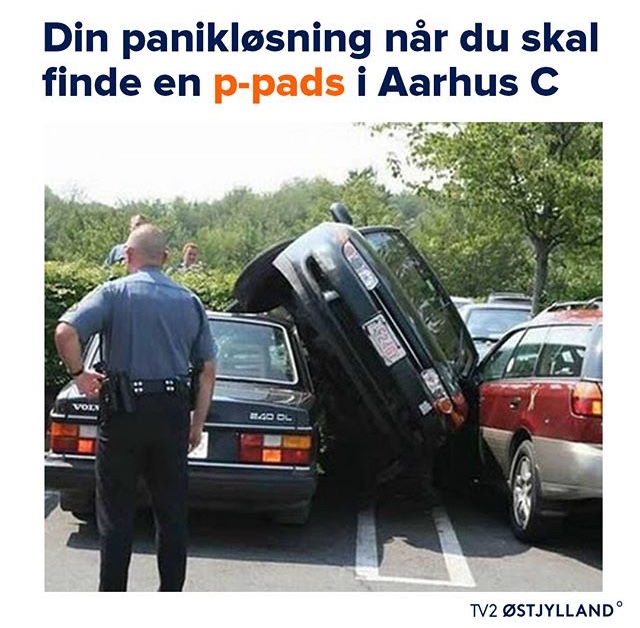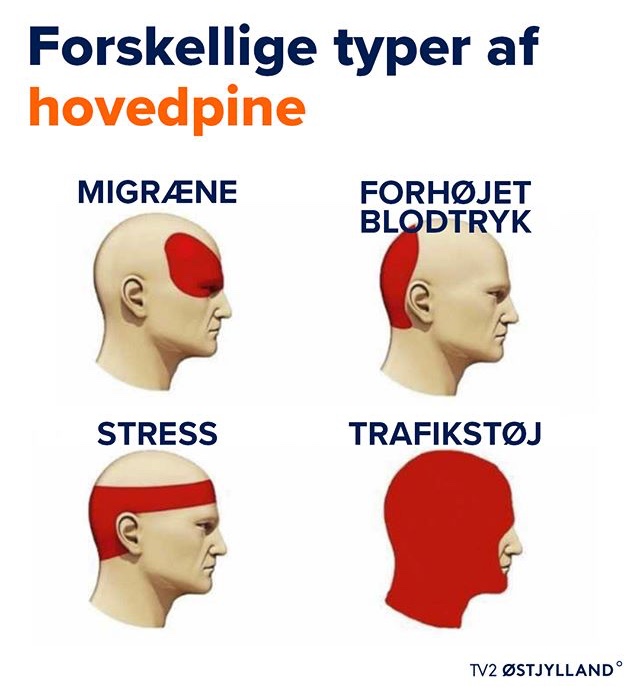
As younger people increasingly turn away from traditional media formats and more towards social media, news organisations are exploring new ways to remain relevant.
Danish local news station TV2 Østjylland thinks it has found the answer in memes.
Memes have dominated social media for years with their simple and funny formula, as they are easy to share and tag friends in posts. Can the same be achieved with news-related memes?
Over the last year, TV2 Østjylland has produced dozens of memes on Instagram on topics ranging from the creation of new parking spaces to increased cost of bus tickets. Doing so has helped to engage and attract millennials and Gen Z.

TV2 Østjylland
Why bother? Louise Pettersson, head of news, said that there is a growing need to tell stories on different platforms and in different ways to address declining and ageing TV audiences.
Initially, the station toyed with infographics, but art director Kristine Helms suggested that memes would be more effective to boost engagement and post reach.
Despite some early resistance from the newsroom and concerns around the copyright status of memes, even veteran reporters are now contributing their ideas for memes.
But can you really tell the news via memes? For TV2 Østjylland, it simply means to convey the story in just one picture while being funny and easy-to-understand.
Not all news stories are appropriate, for example, tragic events. However, topics which people have strong opinions on work the best, as well as those aimed at a wide audience.
"I made a meme recently about there being a lot of noise from highways and how the people living there deal with it. But I had to make it about how irritating traffic noise is because that would hit a larger audience," explained Helms.

TV2 Østjylland
The team said that their efforts have resulted in greater engagement on their Instagram account, particularly amongst younger people, encouraging them to share, comment and tag their friends in the posts.
On the face of it, there is not much to memes - it is as simple as a heading and an accompanying picture. However, Helms warned that it easy to come across as contrived.
“If people who didn’t know memes tried to make it, it would look like we tried too hard because they just don’t know what’s fashionable and what is not," she added.

TV2 Østjylland
Instead, memes need to look natural. For any journalist considering this approach, Helms said that being well-immersed in memes and their language is essential, otherwise the execution will fail.
She recommended getting regular inspiration and staying on top of trends and viral content by browsing Instagram accounts, such as 9GAG.
"It is really easy to do wrong and to be awkward, so you have to get the right tone of the meme and also think about what stories you’re telling," she concluded.
Looking to take your social media strategy to the next level? Sign up for our 'Social media content strategies' course with former BBC journalist Sue Llewellyn here.
Free daily newsletter
If you like our news and feature articles, you can sign up to receive our free daily (Mon-Fri) email newsletter (mobile friendly).
Related articles
- Six self-care tips for journalists to stay sane during the general election
- RISJ Digital News Report 2024: Three essential points for your newsroom
- Seven tips for using LinkedIn as a freelance journalist
- Journalists are happy to be disconnecting from platforms, should news organisations be worried?
- Protecting journalists on social media, with Valérie Bélair-Gagnon









